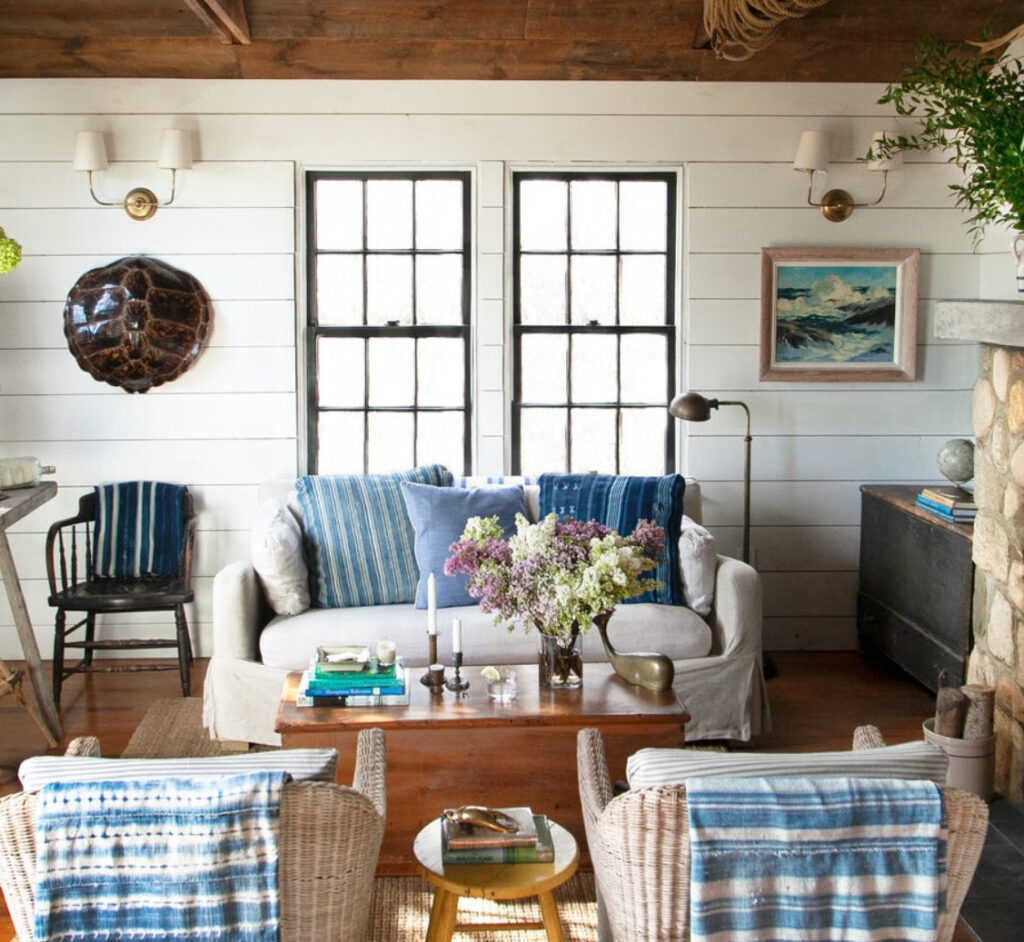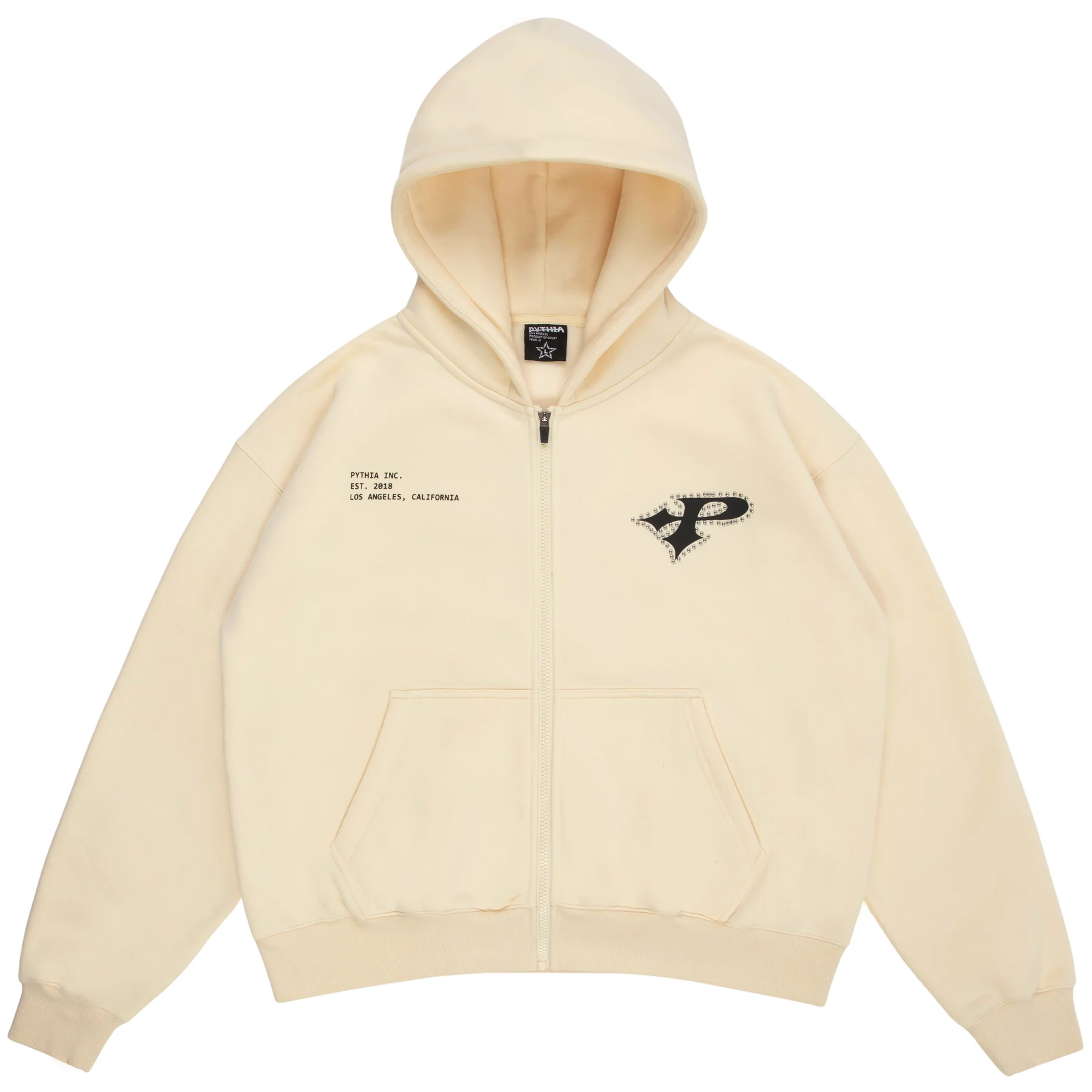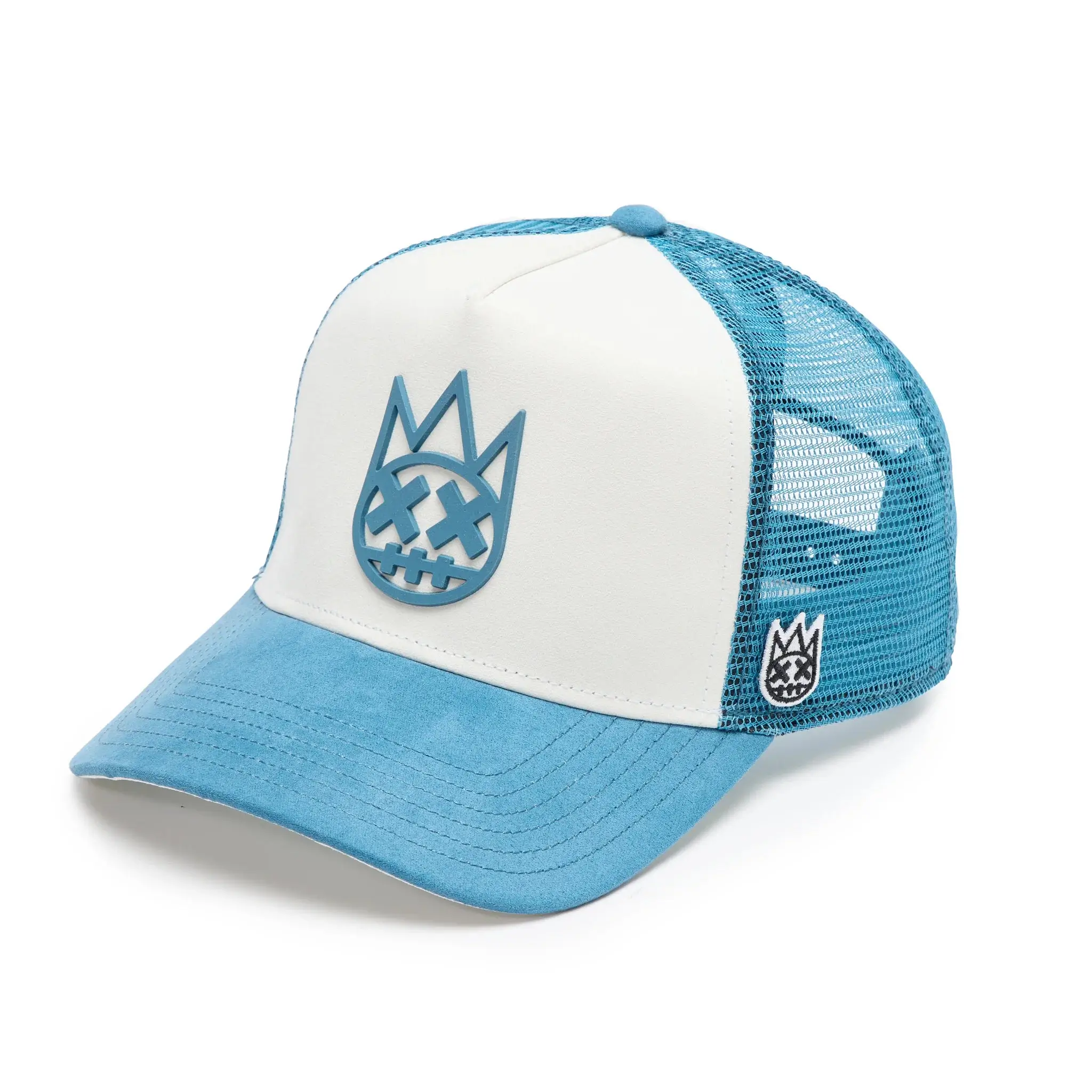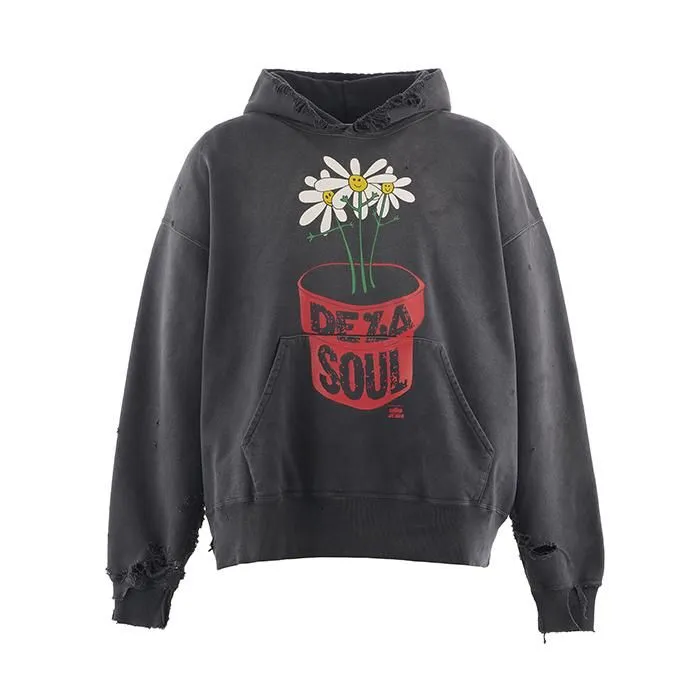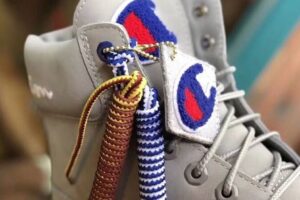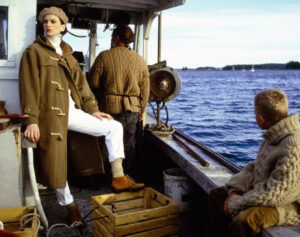
In 2025, the Fisherman Aesthetic has emerged as a prominent design trend, seamlessly blending maritime-inspired elements with contemporary fashion and interior design. This trend draws inspiration from traditional fishing communities, emphasizing practicality, comfort, and a deep connection to the sea.
Origins and Cultural Significance
The Fisherman Aesthetic pays homage to the attire and lifestyle of coastal fishing communities, particularly those in regions like New England, Scandinavia, and the British Isles. Historically, fishermen’s clothing was designed for functionality, featuring durable materials and practical designs to withstand harsh maritime conditions. Key elements included cable-knit sweaters, waterproof outerwear, and sturdy footwear.
In contemporary design, this aesthetic reflects a yearning for simplicity, durability, and a connection to nature. It resonates with individuals seeking authenticity and a return to traditional craftsmanship in an increasingly digital and fast-paced world.
Key Elements in Fashion
The Fisherman Aesthetic in fashion is characterized by several distinctive elements:
•Cable-Knit Sweaters: These thick, textured sweaters are a staple, offering both warmth and a nod to traditional maritime attire. They have seen a resurgence in popularity, with searches increasing by 110% according to Pinterest’s 2025 trend report.
•Fisherman Sandals: Functional yet stylish, these sandals have become a year-round footwear choice, with searches up by 30%.
•Waterproof Outerwear: Classic yellow raincoats and other waterproof garments are essential, combining practicality with a vibrant pop of color.
•Neutral and Earthy Tones: The color palette is dominated by beiges, creams, navy blues, and other muted hues, reflecting the natural maritime environment.
•Natural Materials: Fabrics like wool, cotton, and leather are prevalent, emphasizing sustainability and comfort.
Incorporating the Aesthetic into Interior Design
Beyond fashion, the Fisherman Aesthetic has influenced interior design, promoting a cozy and rustic ambiance reminiscent of seaside cottages. Key features include:
•Nautical Decor: Incorporating maritime artifacts such as ropes, anchors, and vintage fishing equipment adds authenticity and charm.
•Natural Textures: Utilizing materials like reclaimed wood, stone, and woven textiles creates a warm and inviting atmosphere.
•Coastal Color Schemes: Soft blues, sandy beiges, and crisp whites evoke the seaside environment, fostering a tranquil setting.
•Functional Furniture: Emphasizing practicality, furniture pieces are often robust and straightforward, reflecting the utilitarian nature of fishermen’s tools.
Adoption Across Generations
The Fisherman Aesthetic has garnered appeal across various age groups, notably among Gen Z and Gen X. Its emphasis on sustainability, quality craftsmanship, and timeless style aligns with the values of these demographics. The trend’s versatility allows for personalization, whether through fashion or home decor, making it accessible and adaptable.
Sustainability and Ethical Considerations
A significant aspect of the Fisherman Aesthetic is its alignment with sustainable and ethical fashion principles. The focus on durable, high-quality materials encourages longer garment lifecycles, reducing the need for frequent replacements. Additionally, the use of natural fibers and traditional manufacturing methods often results in a smaller environmental footprint compared to fast fashion alternatives.
Thoughts
The Fisherman Aesthetic’s rise in 2025 reflects a broader cultural shift towards valuing tradition, sustainability, and authenticity. By embracing elements inspired by maritime life, individuals can create both personal styles and living spaces that are timeless, functional, and deeply connected to nature.
No comments yet.

